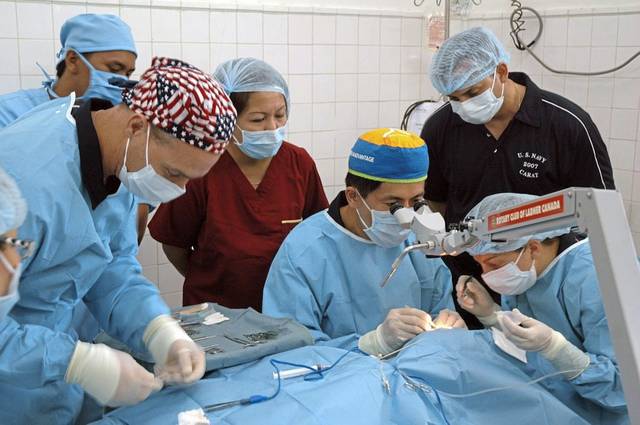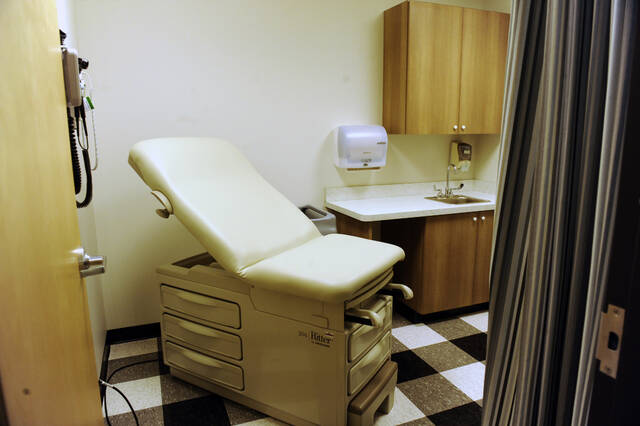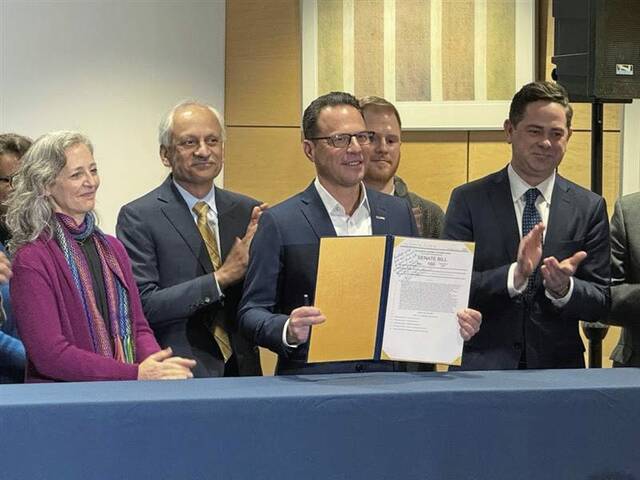Dear Mayo Clinic: After a recent CT scan, endoscopy and colonoscopy, I learned that I have a hiatal hernia containing both stomach and colon and extrinsic stenosis at the splenic flexure. My understanding is that this is rare and that I will need surgery. Will I need to find a surgeon who has seen this condition before? Can surgery be done laparoscopically?
Answer: Given the complexity of your situation, it would be a good idea for you to find a surgeon with experience in stomach and esophageal surgery who is familiar with repairing large hiatal hernias. Surgery for hiatal hernias often can be performed using a minimally invasive approach, even for a larger hernia such as yours.
A hiatal hernia is a common problem in which the upper part of the stomach bulges, or herniates, through an opening in the diaphragm into the chest.
As is the case for you, large hiatal hernias can involve other abdominal organs, such as the colon, that then migrate into the chest along with the stomach.
The fact that you have “extrinsic stenosis at the splenic flexure” means that the hernia may be causing some pressure on the left side of your colon, called the splenic flexure. That could result in changes in your bowel habits.
Hiatal hernias may not cause any symptoms, and people often don’t know that they have them. However, symptoms from a hiatal hernia can include acid reflux, heartburn, chest pain or shortness of breath after eating a meal and difficulty swallowing, with the sensation of food getting stuck in the chest.
When other organs are involved in the hernia, such as the colon or small intestine, that may trigger abdominal pain or changes in bowel habits. Rarely, large hiatal hernias can lead to twisting of the stomach — a condition that requires emergency care.
Other options
Hiatal hernias that don’t cause symptoms may not require surgical repair and instead can be closely monitored over time. If a hiatal hernia causes mild acid reflux, medication may be used to manage those symptoms.
For larger hernias and those resulting in significant symptoms, surgery usually is necessary to properly reposition the organs and narrow the opening in the diaphragm to minimize the chance of the hernia recurring. The surgery most often is performed as a minimally invasive procedure.
To determine the best treatment approach for you, your care team may recommend additional tests before moving forward with surgery. You also should have a conversation with your surgeon to discuss the risks and benefits of hiatal hernia repair, and determine which approach is most appropriate for your circumstances.








